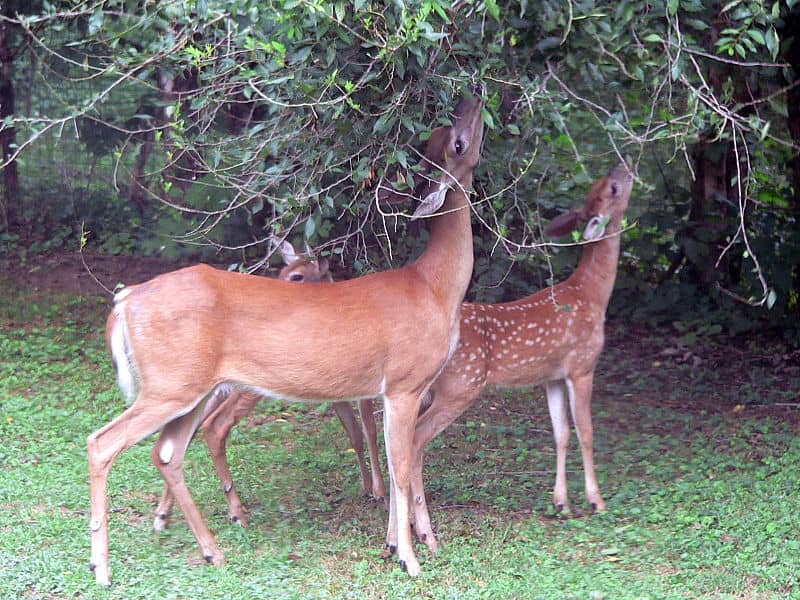Officials Consider Abandoning Antlerless Hunt in Northern Wisconsin
OutdoorHub Reporters 05.16.14

For the past several months the Wisconsin Department of Natural Resources (DNR) has been gathering data on the extent of winterkill in the state’s deer population. The results are in, and they show bleak numbers. According to the Associated Press, nearly 40 percent of the juvenile deer that the DNR was tracking with radio collars have died. Experts said that the combination of this year’s winter—the most severe for deer in the state’s history—and another harsh winter in 2013 had devastated the northern deer population. Biologists are now recommending that the region suspend antlerless deer hunting altogether.
“It’s going to be a regrowth period. We’ve had two bad back-to-back winters,” said big game ecologist Kevin Wallenfang. “People want to see deer. Seeing deer is the number one measure of a quality hunt for people, and they’ve been seeing fewer and fewer.”
Although a significant winterkill was expected, biologists were hopeful that fewer deer perished than feared. Few deer carcasses were found in late winter, and those that were discovered appeared to be healthy instead of suffering from starvation. Unfortunately, those hopes were dashed by recent results. The DNR currently tracks 500 deer as a sample of the overall population. The Baraboo News Republic reported that juvenile mortality was as low as six percent just two years ago, but shot up to 33 percent in 2013 due to a late spring. Adults do much better during the winter and have an average mortality rate between seven and 15 percent.
The DNR will make its recommendation to the Natural Resources Board later this month to suspend the sale of antlerless deer licences in 17 counties across the Northern Forest Zone. Exceptions will be made for youth and disabled hunters, as well as those on military leave and tribal members.
Some experts, such as University of Wisconsin ecologist Tim Van Deelan, believe that the situation is not as bleak as it seems. Van Deelan said that the deaths of the juvenile deer are not nearly as critical for the population’s future as doe mortality. So far, that number does not seem to have increased significantly. Less doe hunting might also mean a bigger, and healthier, herd in the future.
“Having a few years of lower deer populations might be a good thing,” Van Deelen said.

